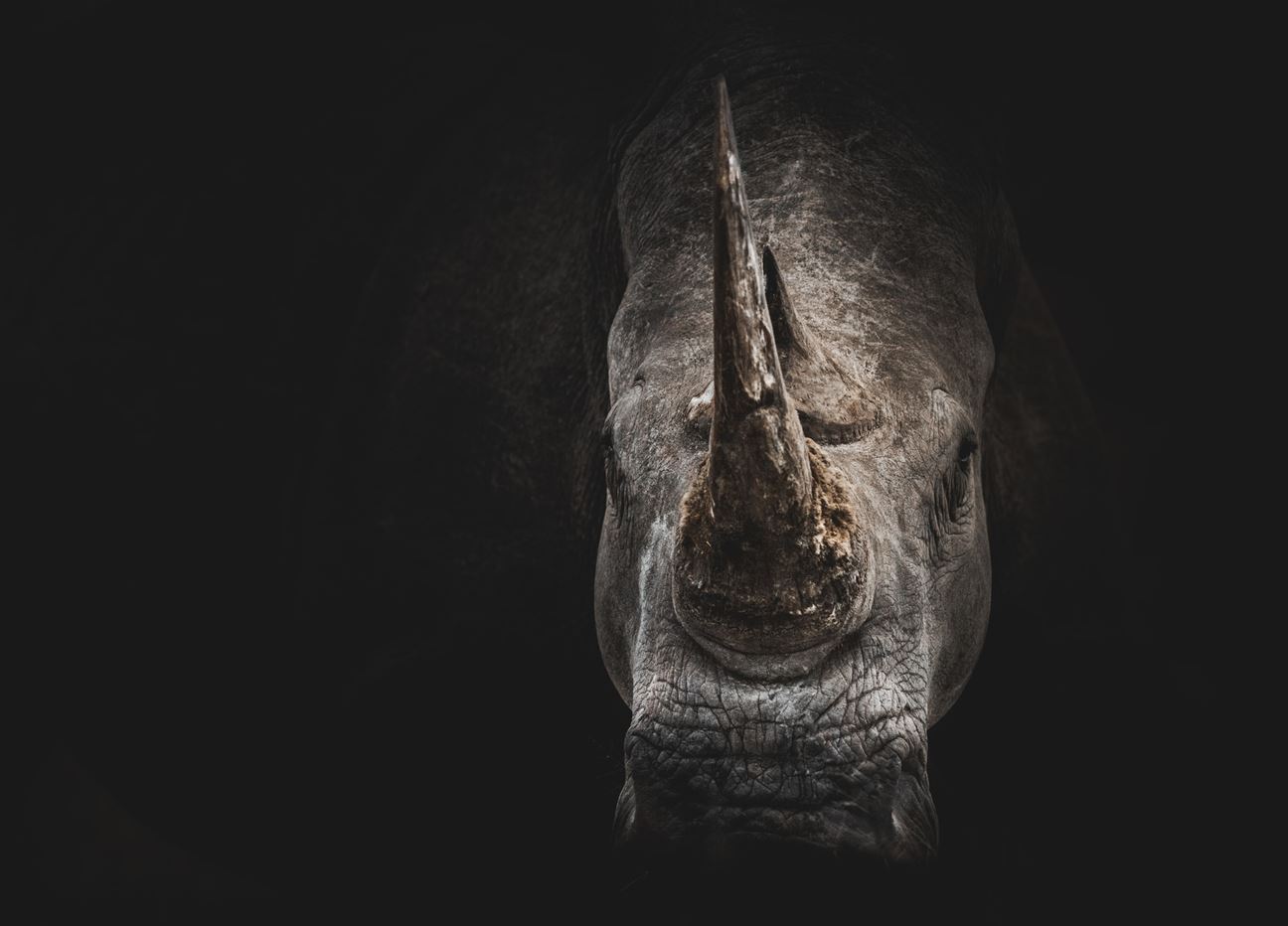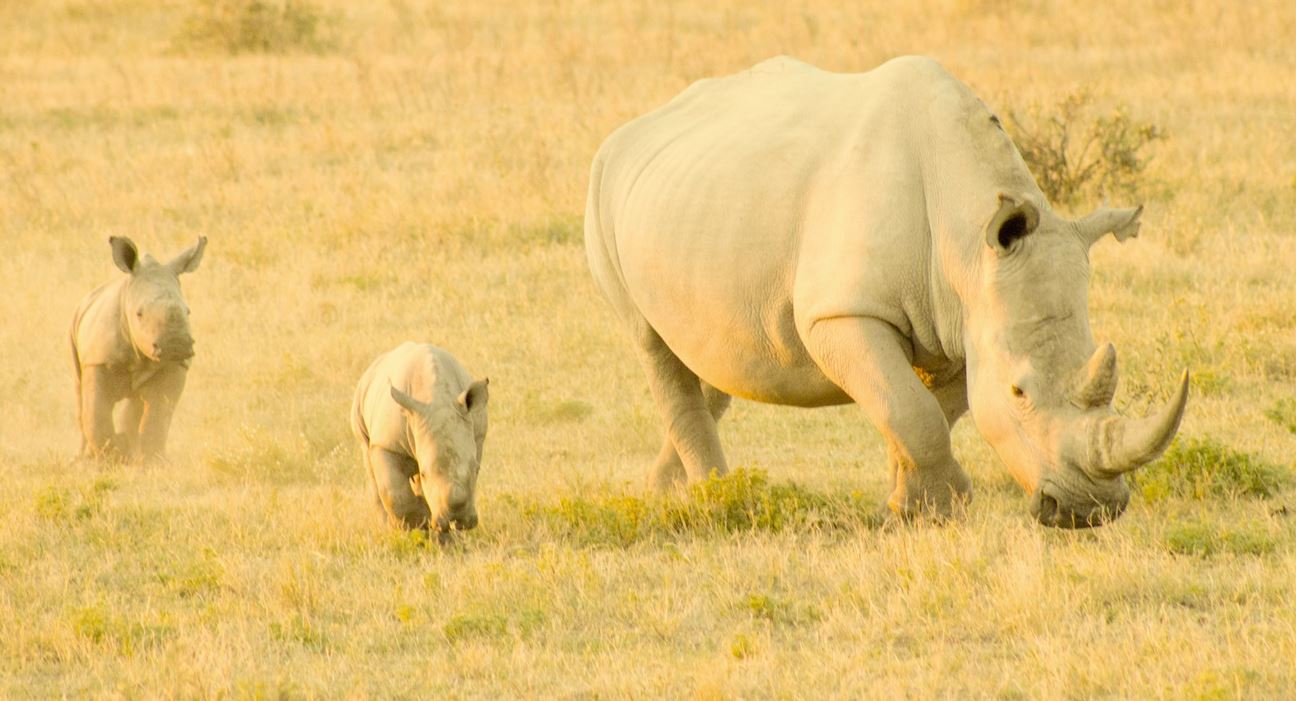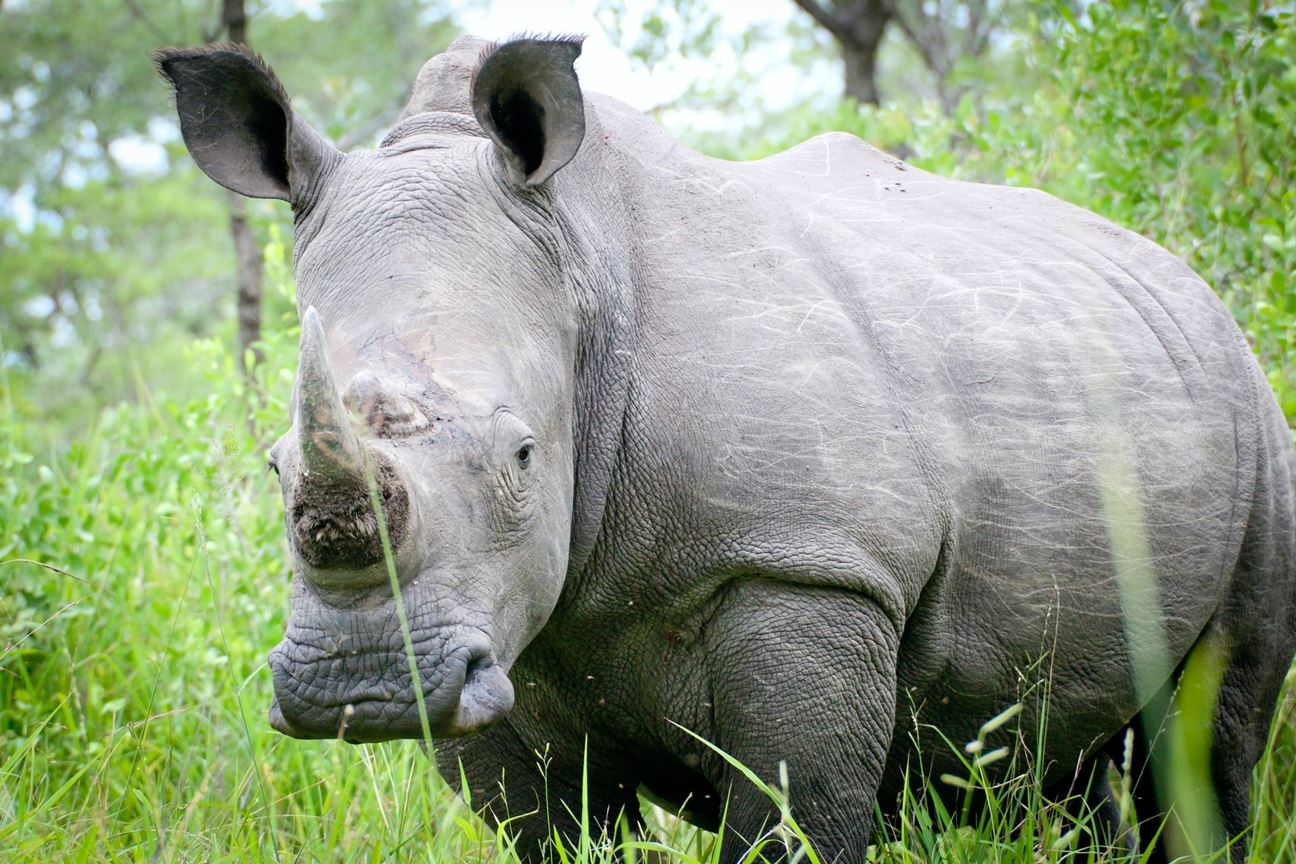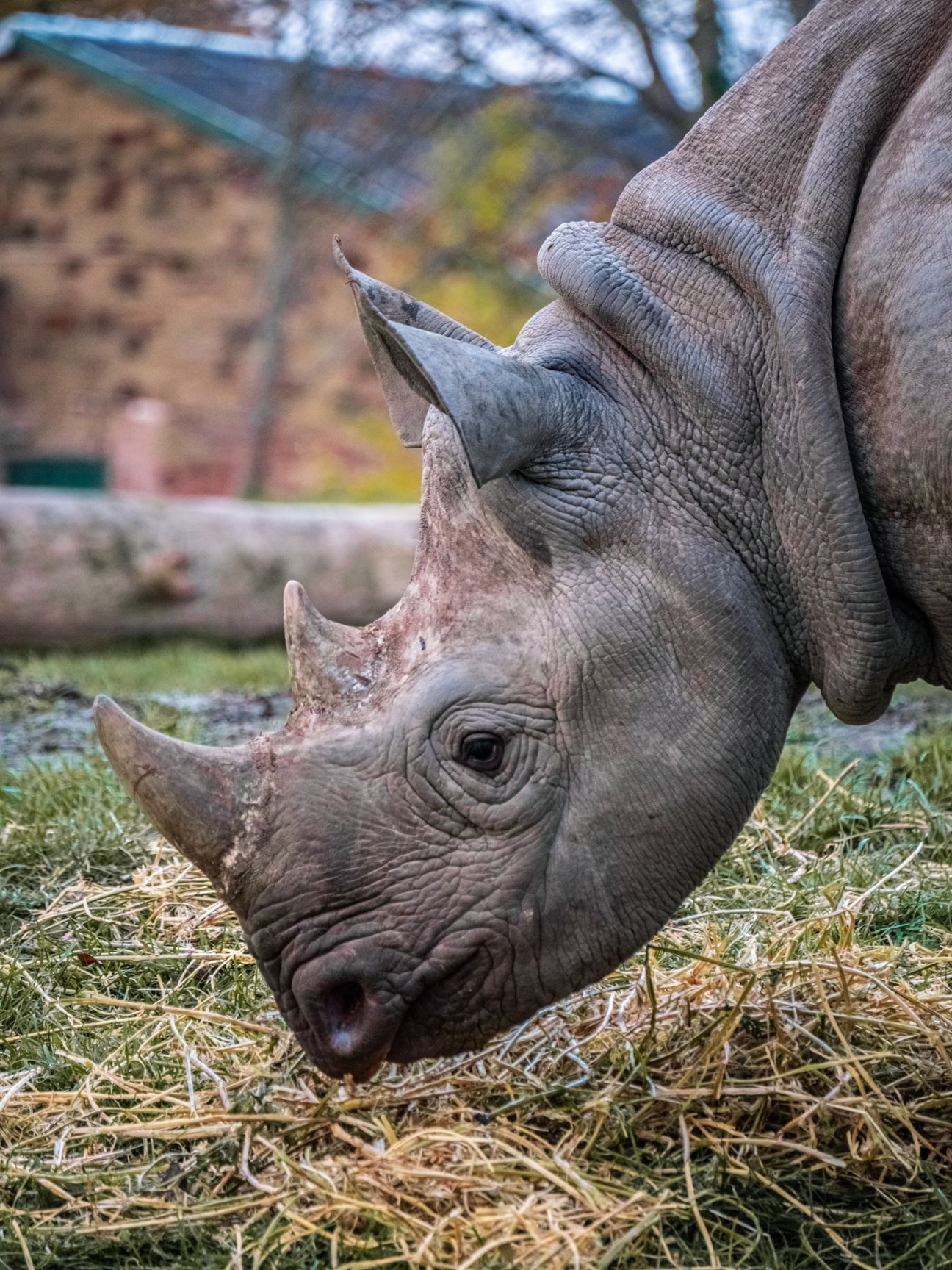Rhinoceros are believed to be the second largest land animal to walk on earth! Let's learn more fun facts about rhinos.
Rhinoceros (or rhino) is only second to elephants when it comes to the largest land mammal to walk the earth. And time is ticking for these grumpy herbivores.

Today, I have rounded up some fun facts about one of nature’s oldest animals—as old as 50 million years!
- Rhino species are as follows:
Rhino species include Black Rhino, White Rhino, Indian or Greater One-Horned Rhino, Javan Rhino, and Sumatran Rhino. Of the five, Javan and Sumatran Rhino are considered being the world's rarest land mammals.
- Rhinos weigh more than your average SUV!
While the Sumatran rhino is the skinniest, the Indian rhino is the heaviest! See their height, weight, and length of body comparison below.
| | HEIGHT (at shoulder) | WEIGHT | LENGHT OF BODY |
| Black Rhino | 4.5 - 5.5 feet | 850 - 1,350 kg | 10.0 - 12.5 feet |
| White Rhino | 5.0 - 6.0 feet | 1,800 - 2,750 kg | 12.5-15.0 feet |
| Greater One-horned Rhino (Indian Rhino) | 5.75 - 6.5 feet | 1,900 - 2,900 kg | 10.0 - 12.5 feet |
| Javan Rhino | 5.0 - 5.5 ft | 900 - 2,200 kg | 6.0 -11.5 ft |
| Sumatran Rhino | 3.0 - 5.0 feet | 600 - 900 kg | 6.5 - 9.5 feet |
- Rhino horns are made of keratin!

While most animals have horns that are bony, rhino horns are entirely made of keratin! This is the same material that makes up human hair and nails. Their horns have been subjects of many mythological beliefs where people believed that the horns possessed medicinal properties and were good-luck charms. This is one reason that the poaching of rhinos is always seen on the rise. The good part, however, is that a rhino’s horn is a compacted mass of hairs and it keeps growing all its life. Unfortunately, if a rhino ends up losing its horn, a new horn will replace it. While the Black, White, and Sumatran Rhinos have two horns, the Indian and Javan have only one horn. A rhino’s horn will continue to grow throughout its lifetime.
Technically white and black are different colours, but both these rhinos have the same greyish colour. Based on their surrounding substrate, almost all rhinos are greyish-brown.
- But the black and white rhinos do actually differ
The difference can be observed in the shape of their lips. And that is mainly due to the difference in their diets. The white rhinos are grazers and have flat, wide, and square lips. On the other hand, black rhinos are browsers and have pointed upper lips that help them grasp food while eating since they lack front incisor teeth.
Given their weight and bulk, one might think that rhinos move slow. But it is quite the opposite. They can reach up to the speed of 30 miles/hour!
- Rhino moms are very protective and patient

The female rhinos are pregnant for a period of 16 to 18 months, after which they give birth to only one calf. The young one stays with the mother for almost 3 years, where it learns to keep up with the mother's pace. Since the baby calf is born without a horn, it largely depends on its mother for protection. Nature can be aggressive and rhino moms get extra cautious protecting their babies from predators such as lions and leopards.
- Rhinos are poached for their horn
Unfortunately, man is the rhino’s only enemy. Poacher hunters kill rhinos in an attempt to procure their horns, which are sold at a price higher than gold! The demand for rhino horns is particularly high in Asian countries and that has led to the escalation in poaching activities in the last few years, with thousands of rhinos poached every month. While the poachers use a tranquilliser to bring down the rhino, the rhinos are usually left to bleed :( once the horn is removed.
- Zebras, horses, and tapirs are all rhino relatives
All these mammals are known as perissodactyls and belong to the group odd-toed ungulates. This means they bear most of their weight on one of the toes of the odd-numbered foot: usually the third toe. This makes rhinos the closest living relative of zebras and horses.
- Rhinos produce a lot of poop
As a result of the consumption of large amounts of food in a day, an adult rhino can produce more than 25 kilograms of dung per day! Each smell is unique, and variations in the dung smell can tell a lot of who it belongs to. For example, a male rhino’s dung smells different from a female rhino. Similarly, a young rhino’s dung smells different from that of the adult.
A white rhinoceros' head can weigh up to 1000 pounds! But in comparison, their brains are tiny. Although their skin is very thick, rhinos are sensitive to sunburn and hence spend a lot of time in water and mud.

The collagenous dermis of the rhinos leads to the formation of a thick and protective armour that is thicker than the other mammalian skin. The collagen fibres of a rhino’s skin are highly cross-linked and make the skin between 2 to 5 centimetres thick!
They are near-sighted and have extremely poor stereoscopic vision. For a rhino to see an object, it has to be as close as 20 meters! And for this reason, they struggle to see poachers till they are right in front of them. This is dangerous for the poachers as well. In defence, the rhino will charge at the poacher which can lead to a fatal injury.
- But they have an amazing sense of smell and hearing!
What they lack in vision, they make up for with their sharp sense of hearing and a keen sense of smell. A rhino’s sense of smell is very important during communicating and even mating. Since they have unique poop smells, rhinos use faeces and urine to mark territories. Sexually receptive female rhinos spray urine to attract a potential mate during the mating season.
- Rhinoceroses are herbivores!

All rhinos are herbivores and their diet consists of grasses, shoots, leaves, buds, and fruits. They make up for the lack of animal protein and nutrients by consuming huge amounts of food. Despite being herbivores, rhinos can show aggressive behaviour towards predators and charge towards them in order to scare them away.
- They snooze just like humans
But they can sleep standing up. During deep sleep, they lay on the ground and curl their feet on one side. On average, they require eight to nine hours of sleep.
- Rhinos may soon go extinct
The ICUN lists rhino species as vulnerable, near threatened, and critically endangered. Of the five species, the Javan Rhino and Sumatran Rhino are hardly found in the wild. One good news though, the Indian rhinos have managed to make a comeback from the brink of extinction over the last century!